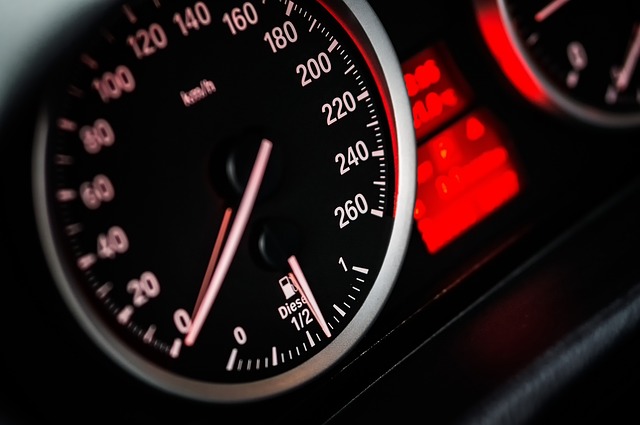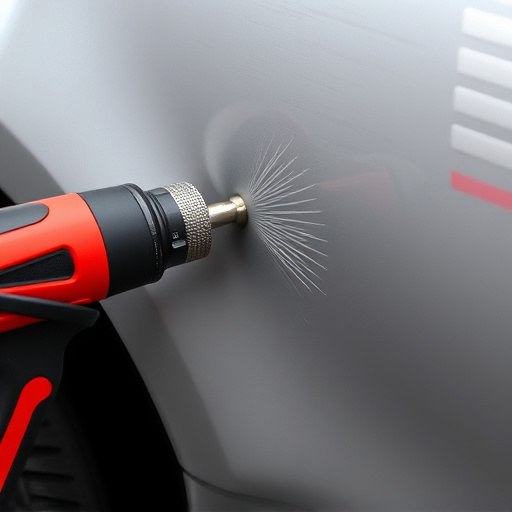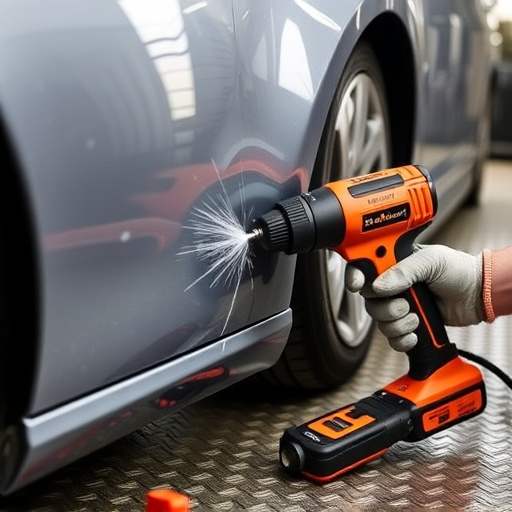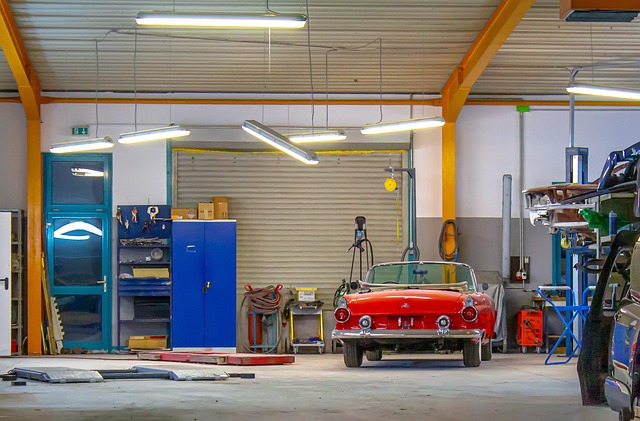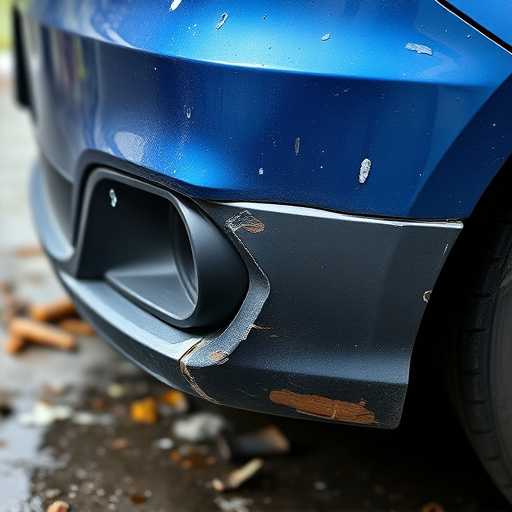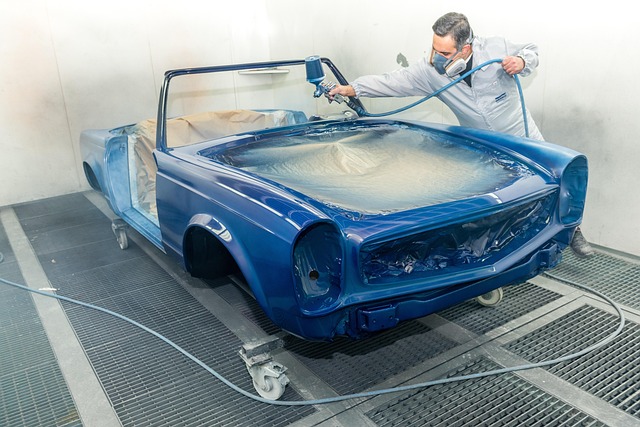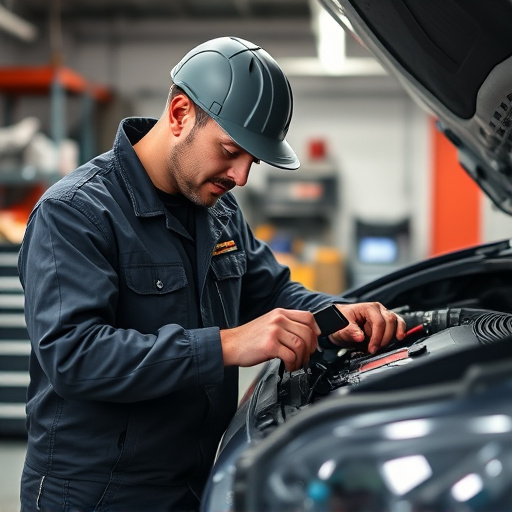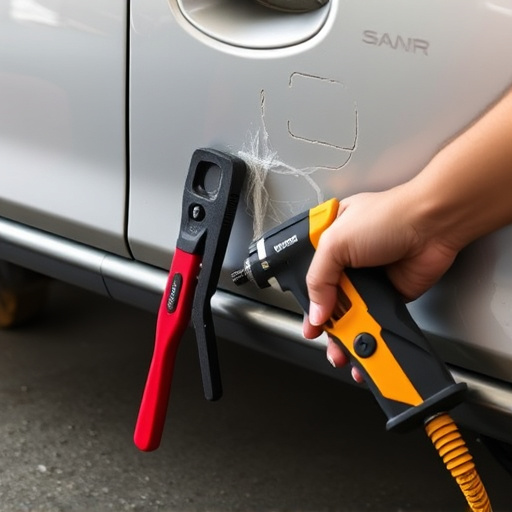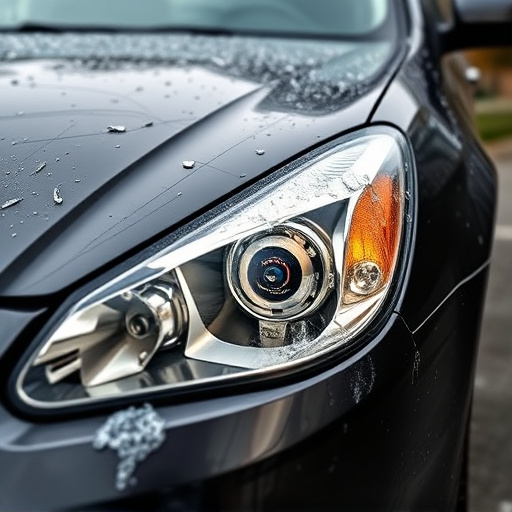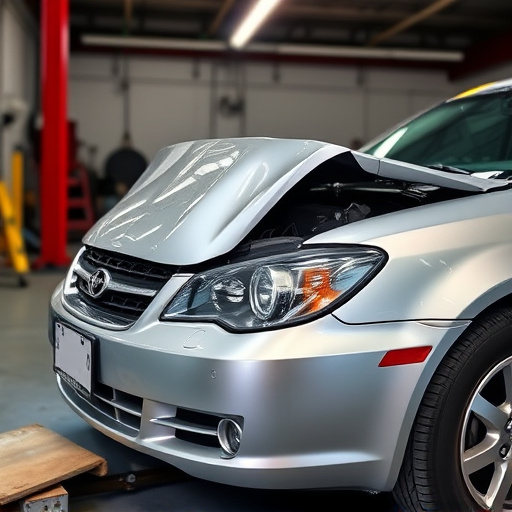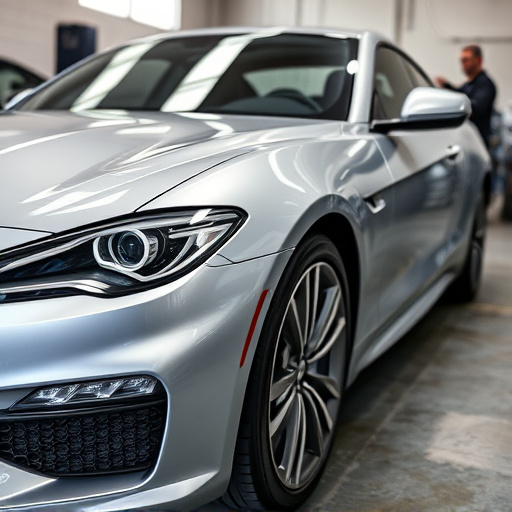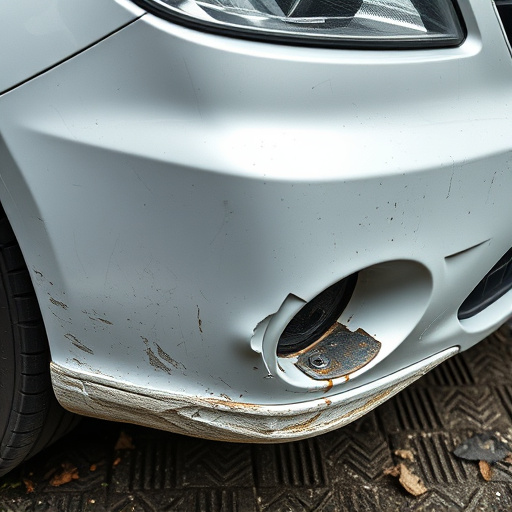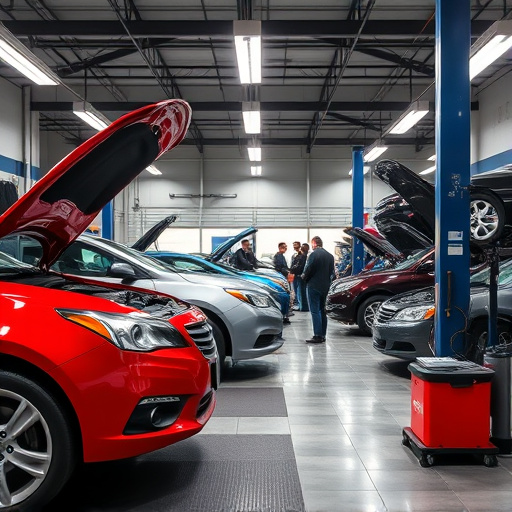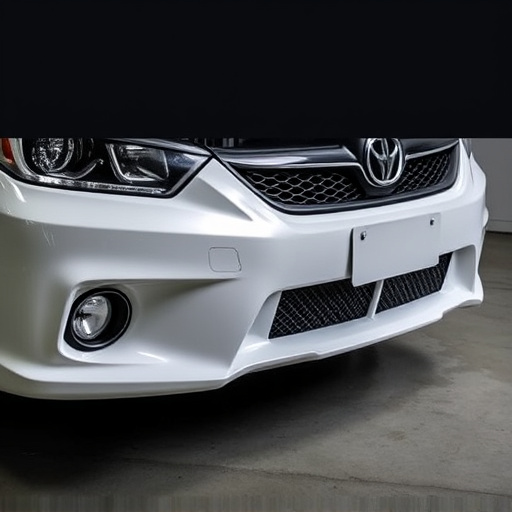Mercedes EQ electric vehicles combine traditional engines with electric motors, raising unique safety considerations in collisions due to strategic battery placement and advanced components. Specialized repair services are crucial for these vehicles, addressing structural damage while mitigating electrical hazards from batteries and high-voltage systems, especially as hybrid crash dynamics differ from traditional accidents. Skilled technicians ensure safe and effective Mercedes EQ electric vehicle repair.
Are Mercedes hybrid collisions more dangerous? As electric vehicles (EVs) gain popularity, understanding the safety implications of hybrid technology is crucial. This article explores the unique aspects of Mercedes EQ electric vehicle repair and safety standards. We delve into the impact of battery placement in EQ vehicles and compare hybrid crashes with traditional ones based on available data. By examining these factors, we aim to provide insights into potential risks and advancements in EV safety.
- Understanding Mercedes Hybrid Technology and Safety Standards
- Impact of Battery Location in EQ Vehicles
- Comparison: Hybrid vs Traditional Crashes: What Data Says
Understanding Mercedes Hybrid Technology and Safety Standards
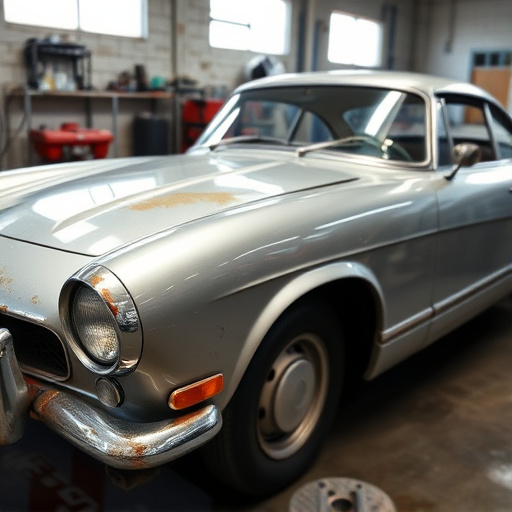
Mercedes has been a pioneer in hybrid technology with their EQ electric vehicle range. These vehicles combine traditional engines with electric motors and batteries to offer efficient and eco-friendly driving. While this advanced technology brings numerous benefits, it raises questions about safety, especially in collisions. Understanding Mercedes’ commitment to safety standards is crucial when assessing the potential risks of these hybrid vehicles.
The brand adheres to stringent international safety regulations for all its models, including hybrids. In the event of a collision, modern Mercedes hybrids are equipped with sophisticated systems such as advanced airbag technology, robust crumple zones, and electronic stability control. These features aim to protect occupants and minimize the risk of severe injury. Moreover, specialized Mercedes EQ electric vehicle repair services ensure that any damage is assessed and rectified correctly, restoring the vehicle to its pre-collision condition through skilled vehicle collision repair and restoration techniques.
Impact of Battery Location in EQ Vehicles
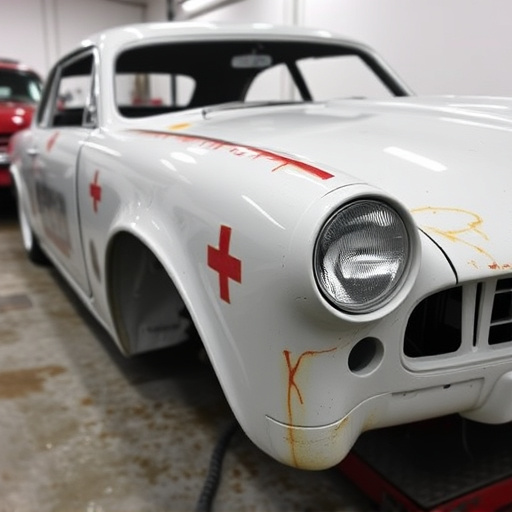
The location of batteries in Mercedes EQ electric vehicles plays a significant role in understanding potential risks during collisions. Unlike traditional internal combustion engines, where the majority of weight is concentrated in a centralized unit, EV batteries are often strategically placed throughout the vehicle’s structure to enhance stability and handling. However, this distribution can introduce unique challenges when it comes to safety. In the event of a collision, the impact’s energy transfer may differ significantly from that of conventional cars, potentially affecting the integrity of the vehicle’s body.
When discussing Mercedes EQ electric vehicle repair, understanding these nuances is crucial. Auto body services specializing in these vehicles must be adept at addressing both structural damage and the specific needs of EV battery systems. A simple vehicle dent repair might not suffice; technicians require specialized training to handle potential electrical hazards and ensure that repairs do not compromise the safety and efficiency of the vehicle’s electric power train.
Comparison: Hybrid vs Traditional Crashes: What Data Says
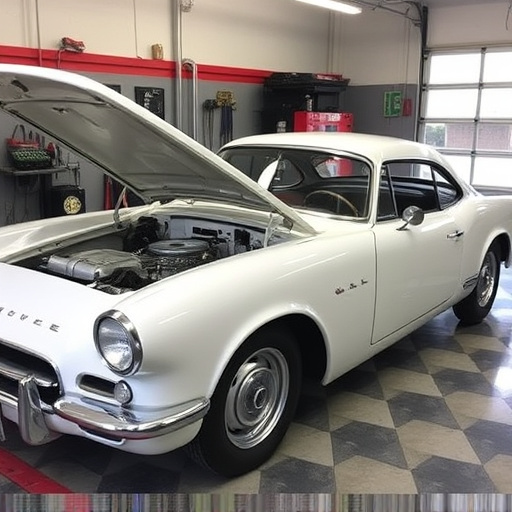
When comparing Mercedes hybrid crashes to traditional vehicle collisions, data reveals intriguing insights into potential safety differences. Hybrid vehicles, while often hailed for their fuel efficiency and environmental benefits, have unique characteristics that can influence crash dynamics. One key factor is the location of the electric motor and battery pack—usually in the vehicle’s underbody or central tunnel—which may alter the distribution of energy during a collision.
Studies suggest that hybrid crashes tend to result in different types of damage compared to conventional cars. In certain cases, the advanced safety systems designed for hybrids might mitigate impact, but they can also complicate repairs, especially when dealing with specialized components like electric vehicle (EV) driveshafts and high-voltage batteries. Unlike a traditional car dent repair or even a more complex auto repair shop process, Mercedes EQ electric vehicle repair requires meticulous handling of these critical systems to ensure safety and prevent further damage.
While Mercedes hybrid technology aims to enhance safety with advanced systems and battery integration, concerns about potential risks during collisions exist. The location of batteries in EQ vehicles, for instance, could impact hazard outcomes. However, data suggests that hybrid crashes do not necessarily result in more severe injuries than traditional accidents. As the popularity of Mercedes EQ electric vehicle repairs grows, understanding these dynamics is crucial for ensuring passenger safety and effective post-crash management.
